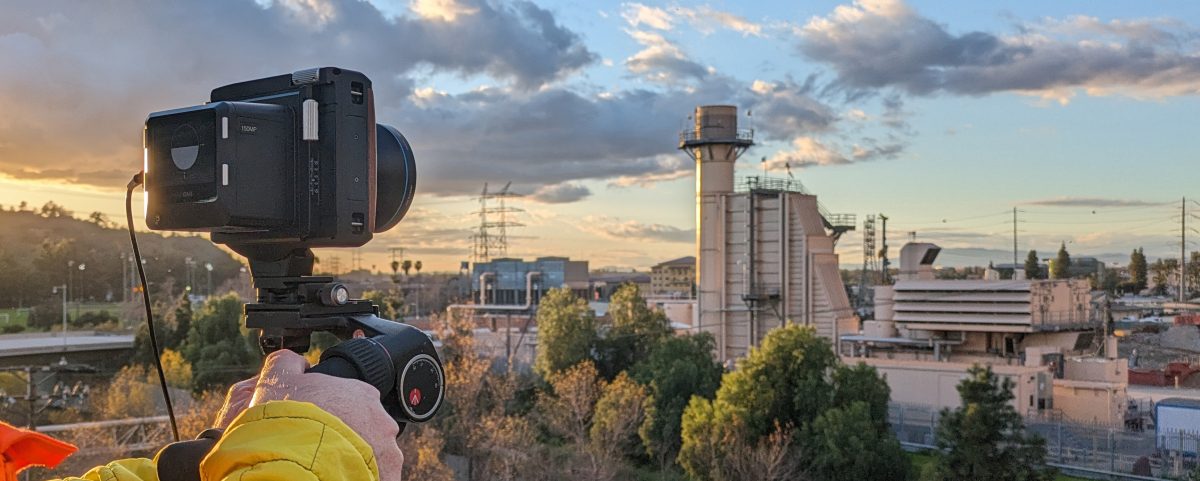Photo Documentation in the Digital Age
From Ann Pamela Cunningham’s photo-based fundraising techniques for Mount Vernon in the 1860s, to the popularity of the White Pine Series of Architectural Monographs in the 1920s, to Richard Nickel’s quest to save Chicago’s landmarks from urban renewal in the 1950’s, photography has long been a tool that powers historic preservation movements in America. Created in 1933, the nation’s first federally funded preservation program, the Historic American Buildings Survey (HABS), remains one of the most actively used collections within the Library of Congress’ Prints and Photographs Division today. Alongside written histories and measured drawings, the HABS collection (as well as companion programs Historic American Engineering Record and Historic American Landscapes Survey, which together comprise Heritage Documentation Programs or HDP) currently archives large format film negatives and color transparencies according to the Secretary of the Interior’s Standards and Guidelines for Architectural and Engineering Documentation.
Despite technological advances in photography, decreasing availability of equipment, and a limited number of trained large format film photographers, current HDP guidelines prohibit born-digital photographic documentation. The collection’s unique nature as a tripartite agreement between the National Park Service, American Institute of Architects, and Library of Congress dictate specific procedures for the type and quality of image captured, assessment of reliability, archival longevity, and public accessibility. While the Library of Congress has already developed a framework for preserving born-digital files, HDP photography has yet to reflect these advancements due to incongruences between analog and digital image capture, which complicate adapting the guidelines to the modern era. Maintaining the longevity of the collection as documentation technologies evolve will require careful adaptation of the program’s standards and vision, signaling a broader shift in the role of contemporary preservation efforts as a whole.

